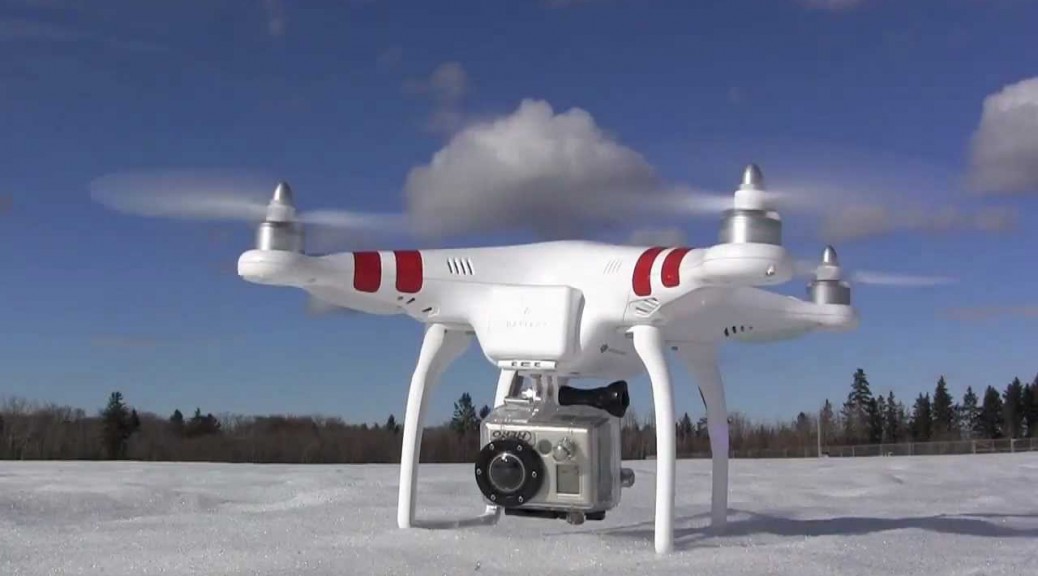The latest incident involving a drone has more serious implications than buzzing a neighbor’s yard. In January, a drone crashed into a tree on the South Lawn of the White House. Apparently, the drone was small enough to avoid detection by the White House security radar.
The man who was operating the drone is an employee of the National Geospatial-Intelligence Agency. After seeing the story on the news the following day, he contacted officials to confess. He later admitted that he had been drinking.
The point is that drone adventures are getting increasingly (and literally) out of control.
The White House incident comes just days after the Department of Homeland Security held a conference in Arlington, Va., on the dangers that such drones pose to the nation’s critical infrastructure and government facilities.
The New York Times reported that the conference exhibited a DJI Phantom drone — the same type of drone that reportedly crashed at the White House.

Image courtesy of gizmag
However, the drone on display at Homeland Security’s conference had three pounds of fake explosives attached to demonstrate how easy it would be to weaponize. Frightening.
The President said in an interview with CNN that he has instructed federal agencies to examine and address the broader problem and the need for regulations on drone technology.
As the President wisely noted, regarding drones, “We don’t yet have the legal structures and the architecture both globally and within individual countries to manage them the way that we need to.”
Part of the idea for legislation or enforcement, the President said, “is seeing if we can start providing some sort of framework that ensures that we get the good and minimize the bad.”
Legislation and regulation needs to happen soon. Even though it is illegal to fly drones in Washington DC, that appears to be a small deterrent.
Let’s see how this unfolds. There are privacy and security hazards with drones that everyone needs to be aware of, and this incident might spur some real action.
